J-Pop Legend Tatsuro Yamashita: A Deep Dive into His Band’s Iconic Instruments – Part II
This edition of Vagabond Synth Nerd’s Journal explores Tatsuro Yamashita’s music from the perspective of instrumentalists, focusing on keyboards and solo sections.
Following the release of his new album, Part II examines Yamashita’s music through the lens of keyboard instruments. While the previous installment analyzed Ryuichi Sakamoto’s keyboard performances in Yamashita’s works, this time, we’ll dive into the contributions of Hiroshi Sato and Hiroyuki Namba.
A Treasure Chest for Musicians! Tatsuro Yamashita’s Albums
Tatsuro Yamashita’s early albums are like a treasure chest for musicians. His music treats vocals, instrumentals, and solos as equals, giving each performer their moment to shine. Especially in his early works, you can hear stunning solos from top musicians. His songs are a perfect blend of solos, instrumental prowess, and vocals.
Hiroshi Sato: The Keyboardist Who Shaped Tatsuro Yamashita’s Music
Many musicians have contributed to the sound of Tatsuro Yamashita, but one of the key keyboardists in his early albums was Hiroshi Sato. While the current keyboardist for the Tatsuro Yamashita Band is Hiroyuki Namba, I believe Sato played a foundational role in shaping Yamashita’s early sound.
Unlike the refined playing style of Ryuichi Sakamoto, Sato brought a different color to Yamashita’s music. His playing, rooted in the blues, avoided any raw earthiness, instead adding a sophisticated atmosphere to the sound.
Though Hiroshi Sato has sadly passed away, he remains one of the great keyboardists who helped shape the history of J-Pop. For more insights from my interviews with him, please check Vagabond Synth Nerd’s Journal, particularly entry #70.
■ Recommended Album: Tatsuro Yamashita – Spacy (1977)
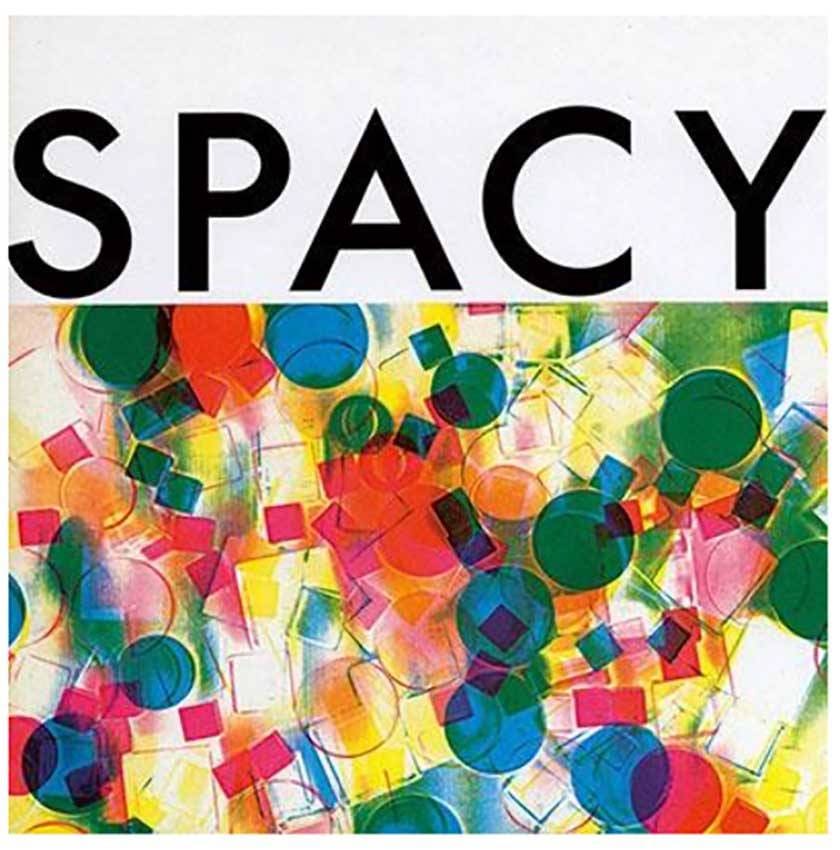
A brilliant second album released in 1977, Spacy is nothing short of astonishing for its time. It’s hard to believe that such masterful compositions existed in 1977—few musicians were creating music at this level back then. This album stands as a milestone in J-Pop history, delivering top-tier performances by Japanese musicians in a way that had never been done before.
The keyboard work is handled by Ryuichi Sakamoto and Hiroshi Sato, each bringing a unique musical landscape to the album.
Recommended Track: "Love Space"
A masterpiece built on top-tier musicianship and an unforgettable melody! From the very first notes, the track overwhelms listeners with its technical brilliance and creative ideas. It’s almost impossible to believe this performance was recorded 49 years ago.
Hiroshi Sato plays the acoustic piano, and according to Tatsuro Yamashita, he first encountered Sato and guitarist Nagao Ishida’s band at a live house in Shinjuku. Yamashita recalled being shocked by their level of musicianship, saying, “They were playing at a level no Japanese musicians had achieved before. That’s when I decided to have Sato on my next album.”
During the recording session, Sato spontaneously played the opening chord progression, which was immediately followed by Haruomi Hosono’s bass and Ponta Murakami’s drums. The glissando in the chorus on the line “尾を引いて走り去る~” (trailing off and running away) is a stroke of genius! The extraordinary technique of each musician makes this track a true highlight—so impressive that it’s hard to believe it was recorded decades ago.
■ Recommended Album: Tatsuro Yamashita – Go Ahead (1978)
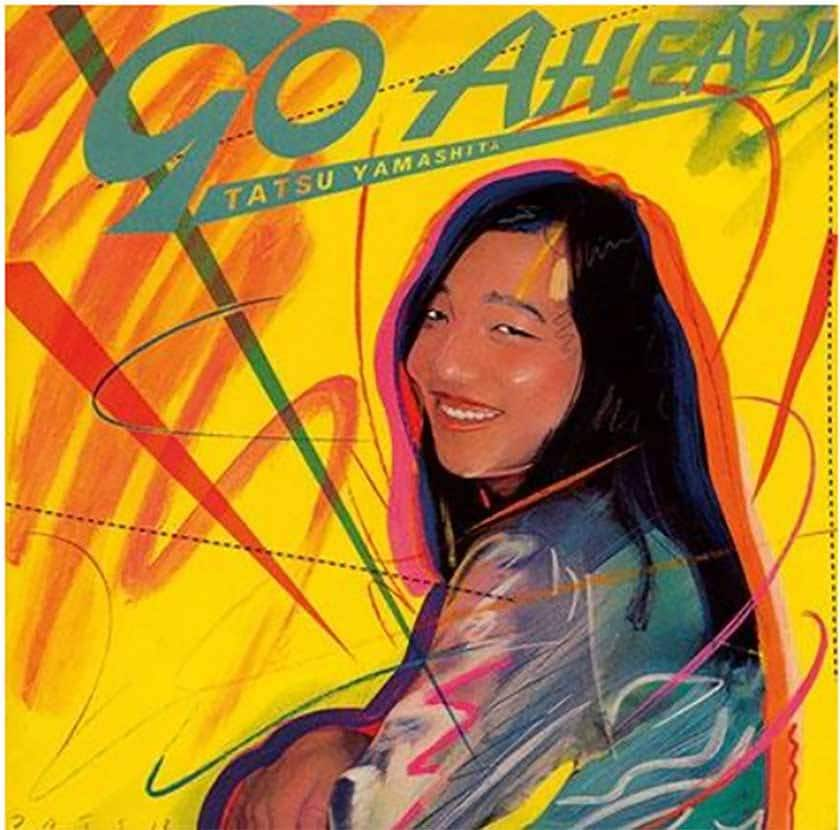
A pivotal album in Tatsuro Yamashita’s career, Go Ahead features iconic tracks like "Bomber," "Let’s Dance Baby," "Tsuite Oide," "Shiosai," and "Paper Doll."
Like Spacy, this album is filled with outstanding instrumental solos from top musicians. Unfortunately, this would be the last Yamashita album to showcase such an abundance of instrumental solos.
However, it also contains some of the most breathtaking acoustic piano and Fender Rhodes solos in all of Tatsuro Yamashita’s discography, making it an essential listen for fans of his music and masterful musicianship alike.
Recommended Track: "Monday Blue" – Tatsuro Yamashita’s Ultimate Ballad
The standout moment of Go Ahead is what many consider the greatest ballad in J-Pop history—and perhaps the finest in Tatsuro Yamashita’s catalog.
Performed by Hiroshi Sato, this masterpiece features both acoustic piano and Fender Rhodes electric piano, creating a deeply emotional and timeless sound.
Even Tatsuro Yamashita himself described it as a miraculous song on his radio show. The acoustic piano solo in this track shines as one of the most breathtaking moments in J-Pop history.
In the album’s liner notes, Yamashita recalls that after playback, every musician in the studio let out a sigh—testament to the sheer brilliance of the performance. Sato had a remarkable ability to play in 6/8 time, as seen later on FUTARI from For You, where he also layered two pianos seamlessly. This twin-piano ensemble is absolutely flawless, showing Sato’s masterful foresight in crafting the arrangement. Few keyboardists can construct such a perfect interplay between two pianos. Simply put, Hiroshi Sato was extraordinary!
For a deeper dive into this masterpiece, check out Vagabond Synth Nerd’s Journal entry #70.
■ Recommended Album: Tatsuro Yamashita – RIDE ON TIME (1980)
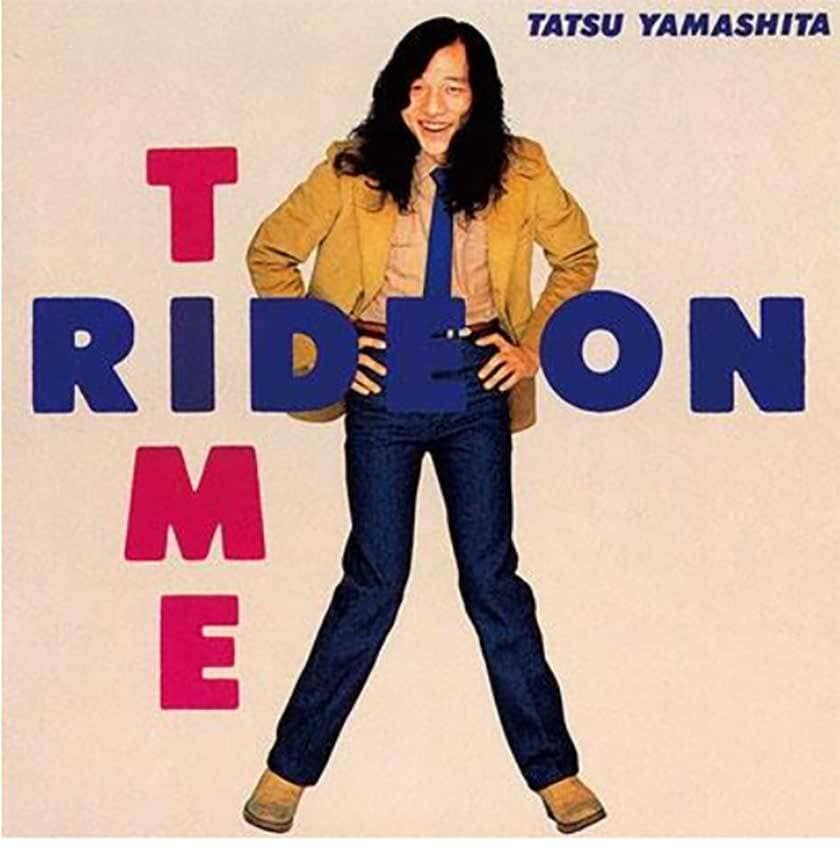
A historic album that marked Tatsuro Yamashita’s mainstream breakthrough. At the time, Yamashita starred in a Maxell cassette tape commercial, featuring Ride On Time as the theme song. The ad, filmed in Guam against a sunset backdrop, became iconic with the slogan “Only the best sound remains!”
This album prominently features keyboardist Hiroyuki Namba.
Recommended Track: "Itsuka"
By the time of RIDE ON TIME, Tatsuro Yamashita had formed a permanent band, reducing the reliance on session musicians. As a result, keyboard solos became less frequent in his music. However, Itsuka stands out with a rare synthesizer solo by Hiroyuki Namba.
This solo showcases polyphonic synthesizer chords, making it unique in Yamashita’s discography. In fact, as far as I remember, this might be the only polyphonic synth solo in his entire catalog.
Since the album was released in 1980, it’s unclear whether Namba already owned his Prophet-5, which he frequently uses today. However, the album credits list the Korg PS-3100 as the polyphonic synth used, making it likely that this was the instrument behind the solo.
Namba’s solos are relatively rare in Tatsuro Yamashita’s albums, as his role seems more focused on supporting the overall sound rather than taking the spotlight.
I once attended a Tatsuro Yamashita live performance dedicated to his RCA label era, where Namba played solos on several songs. However, in studio recordings, his solo opportunities have been quite limited, which is a bit disappointing for fans.
Featured Musicians, Albums, Recommended Tracks, and Keyboards Used
- Artists: Tatsuro Yamashita, Hiroshi Sato, Hiroyuki Namba
- Albums: Spacy (1977), Go Ahead (1978), RIDE ON TIME (1980)
- Recommended Tracks: "Love Space" (Spacy), "Monday Blue" (Go Ahead), "Itsuka" (RIDE ON TIME)
- Keyboards Used: Fender Rhodes Electric Piano, Acoustic Piano, Korg PS-3100 (Polyphonic Synthesizer)
⇨ SOUND HOUSE – Piano & Synthesizer Selection
The “sound & person” column is made up of contributions from you.
For details about contributing, click here.











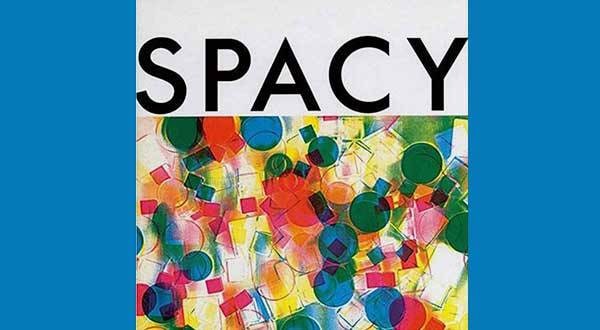
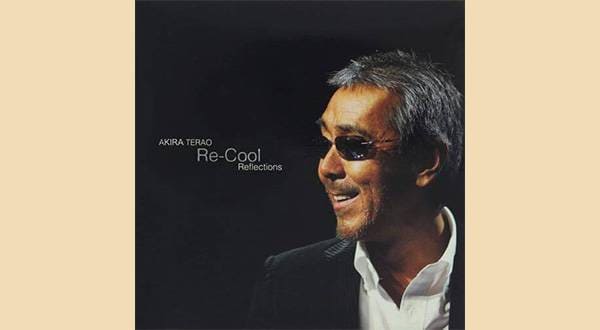
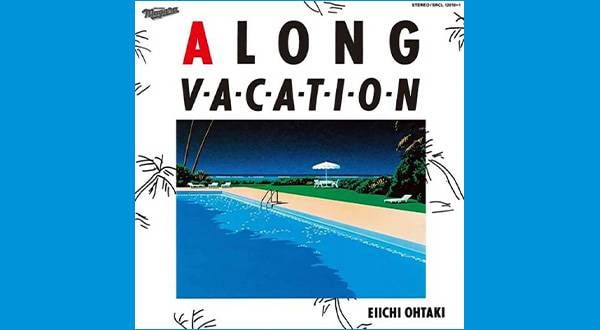

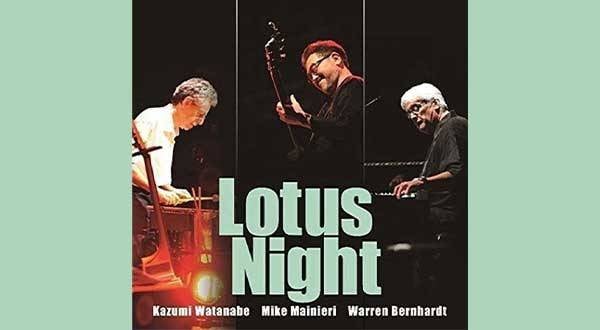
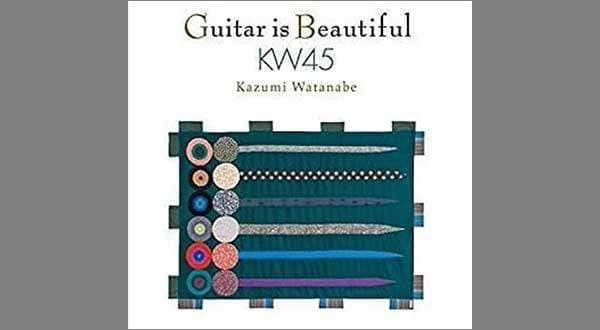
 USB接続対応のMIDIキーボード
USB接続対応のMIDIキーボード
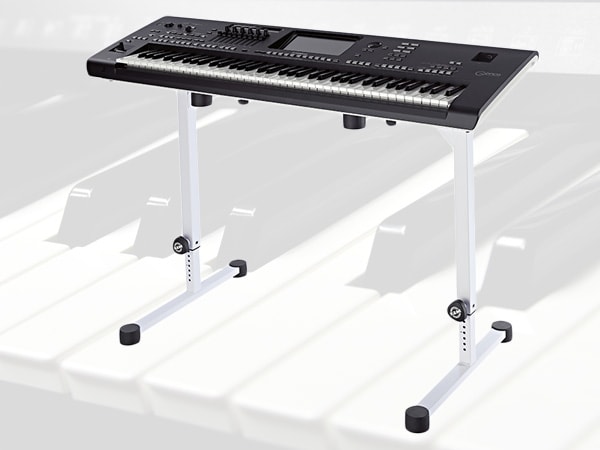 キーボードスタンドの選び方
キーボードスタンドの選び方
 超オススメのフレーズ道場 キーボード
超オススメのフレーズ道場 キーボード
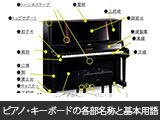 ピアノ・キーボードの各部名称
ピアノ・キーボードの各部名称
 キーボードスタートガイド
キーボードスタートガイド
 キーボード・ピアノ講座
キーボード・ピアノ講座















